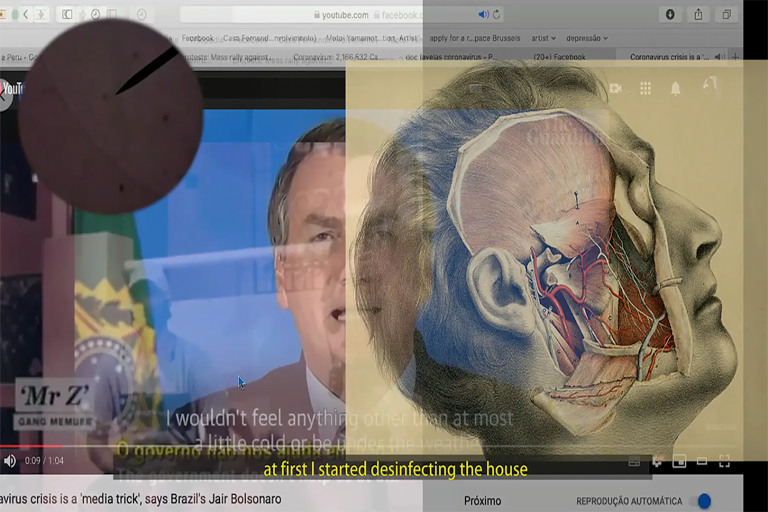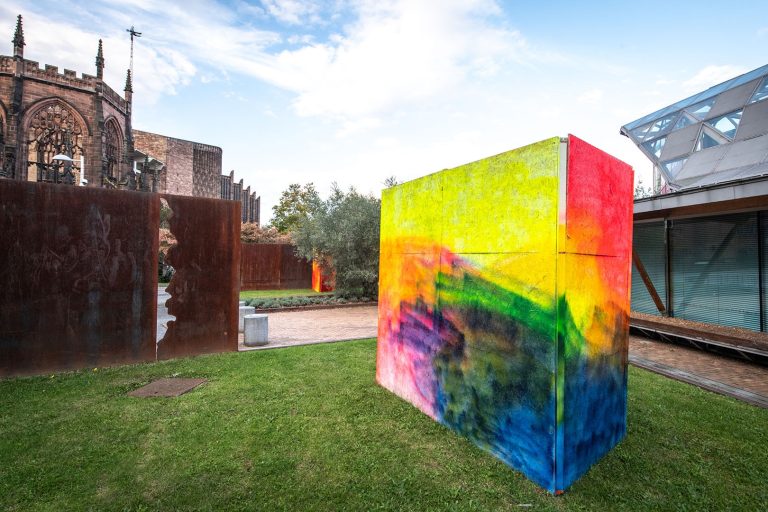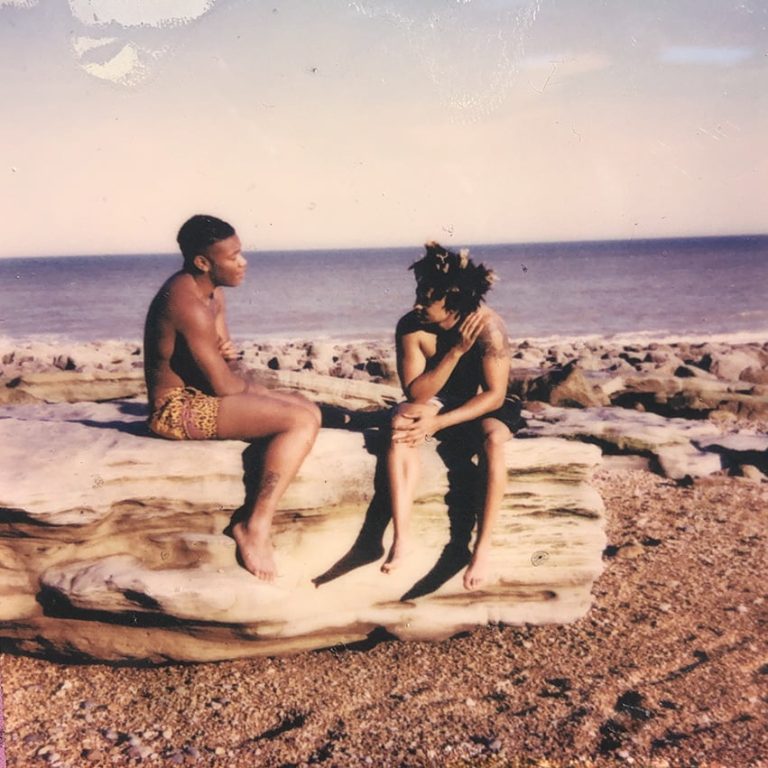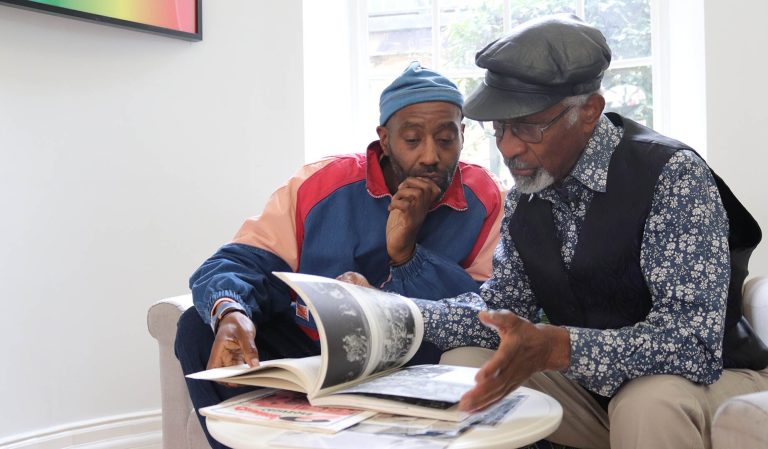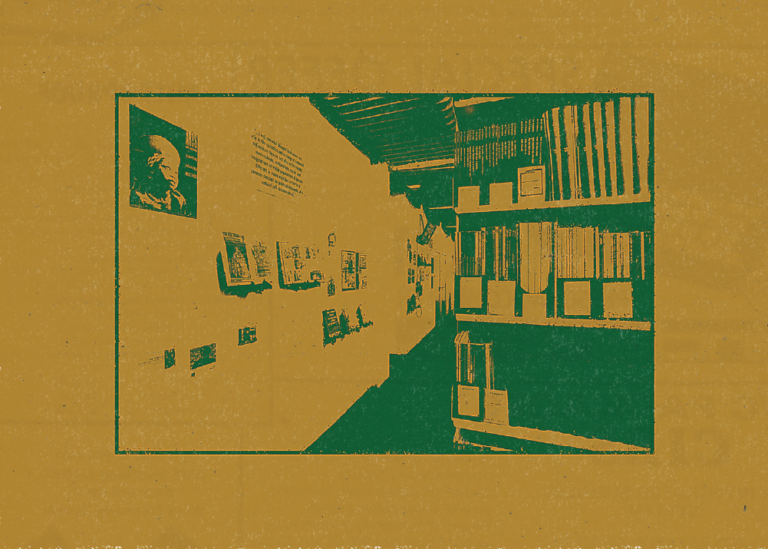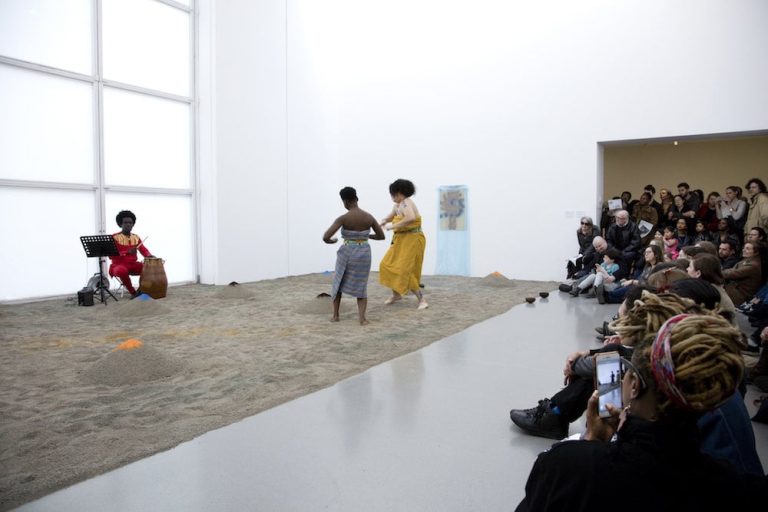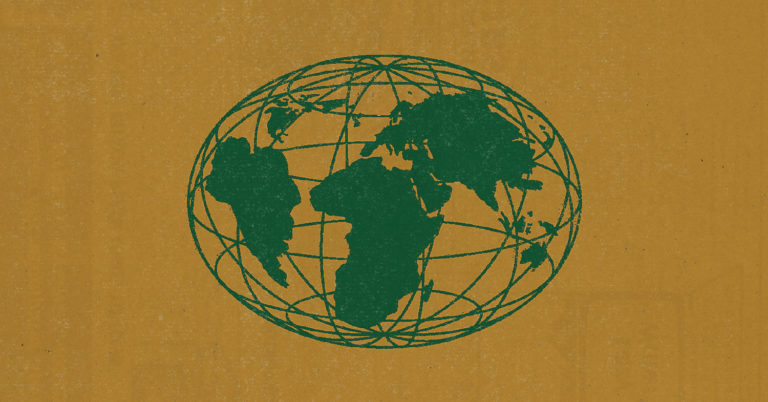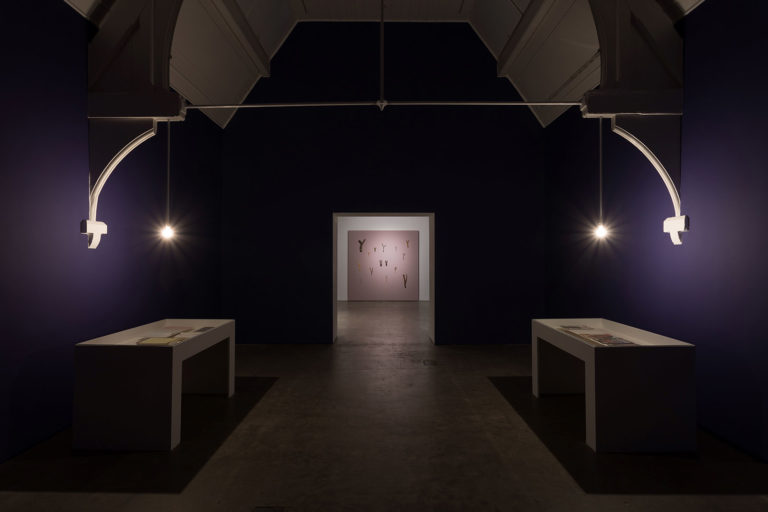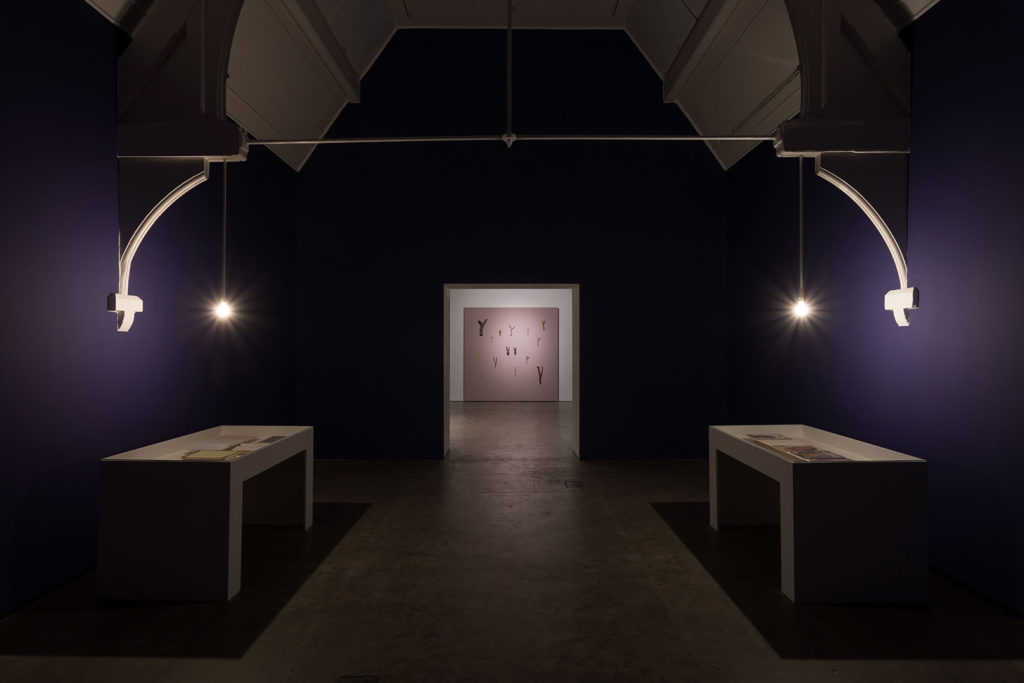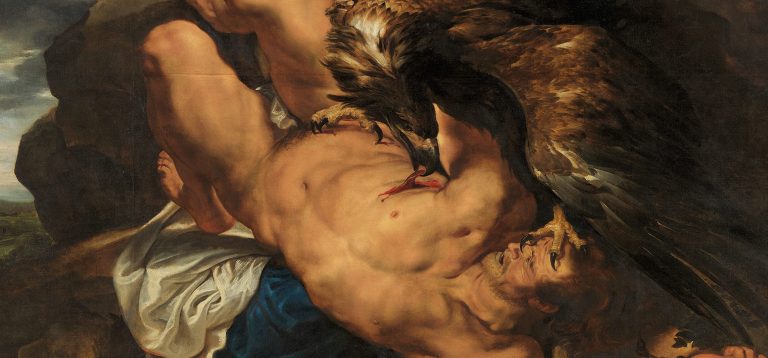Abdul-Rahman Abdullah: Diaspora Pavilion 2 Artist in Conversation (Transcript)
5 Apr 2021
People:
Project:
Location:
Online
Artist Abdul-Rahman Abdullah speaks with curator Mikala Thai about his practice and participation in the upcoming exhibition ‘I am a heart beating in the world: Diaspora Pavilion 2, Sydney,’ which was be presented by International Curators Forum in partnership with 4A Centre for Contemporary Asian Art in 2021.
Watch Video
_________________________
Mikala Tai: Hi, I’m Mikala Tai the director of 4A Center for Contemporary Asian Art here in Sydney, Australia. Here from the land of the Gadigal People of the Eora Nation I’ve been working towards co-curating ‘I am a hard beating in the world’ for the Diaspora Pavilion 2, Sydney. As the world pauses in a strange moment of a pandemic, I, along with my colleagues at the International Curators Forum in London, have been supported by Outset to talk to the artists to think about how they’re working through this moment and towards the exhibition itself. In a moment I’ll be joined by Abdul-Rahman Abdullah, who’s a fantastic artist based just outside of Perth in Western Australia to talk about his work.
Abdul-Rahman Abdullah is known for his large-scale, hand-carved installations. They take weeks, months and sometimes years to create. They are musings on ideas from family, from heritage, from tradition, and mark the passage of people and ideas across time and space to all end up in Perth with him.
When we started working on Diaspora Pavilion 2, we were looking at your work in particular because of the idea of mythologies and how that work connects to the contemporary experience and the contemporary every day. And so me personally, I’ve always been interested in the idea of diaspora and at 4A, the organization that’s hosting the exhibition, it’s always been part and parcel of every exhibition we do – there’s always been this real sort of interrogation on what it means to be part of the diaspora community. But what does it mean now? When we invited you to the show, was this the first time you’d been thinking about diaspora head on?
Abdul-Rahman Abdullah: Well, I guess not the first time, but the first time it’s been really front and center. It has been for me a relatively recent way of thinking about myself. In the last few years, and really, probably only really going back to about 2015 when I was researching my own family history, which I had a reasonable idea of, but I was really going to these places, going to the Malaysia and going back to South Sulawesi and – going there myself and reconnecting to family trees, which turned out to be fairly straightforward. Honestly, they keep good records
And my mom is part of a Buddhist ethnic group in Malaysia who originated in Indonesia, in South Sulawesi, and going there and being welcomed there as part of this Buddhist diaspora. They literally described me as that. And I never really thought about myself in these terms, but looking at the idea of diaspora itself, I realized that it’s the outlook and perspective that I’ve always lived with and grown up with, but it was much more related to being Muslim Australian, and that idea of living in a very, quite specific minority in… I hate the terminology of western and not western, but basically a Muslim identity in this very Western context. And especially growing up in the eighties and nineties in Perth, it was a really small, quite tight knit community and very mixed. Everyone was from everywhere, like when you were at school and the goth kids and the punk kids needed to all combine because there’s not enough of any of them to like a group. It was the same with all the mixed kids and the Brown families – they were from all over the world, a lot from Southeast Asia, a lot from Malaysia and Indonesia, but also East Africa and South Africa and all over Asia, Central Asia, South Asia, India, Sri Lanka, Pakistan. Everyone would kind of combine as one Brown blob because there weren’t really enough people to have those divisions within the community.
So that was really my sense of communities within communities, because you are also well aware of all the differences within that. So, there’s subcategories, but we were all mixed. And you would relate to this as well, with parents coming from two different backgrounds – my Anglo-Australian dad and my Malay mom. In many ways I felt like we could create something new because there wasn’t really a blueprint for how we should be, so we could be however we wanted to be. For me that was a sense of freedom. And I was talking to you before about the idea of diaspora and it relating back to countries and nationalities, whereas for me it related back an identity, a cultural, religious identity of being a Muslim, which was located in different countries – there are a lot of Muslim countries and the vast majority of Muslim people come from these countries or are linked back directly to them – but that identity is transnational. It’s different from national borders. There’s much more than that – it’s a real cultural identity. But having said that there’s so many different versions of that too.
Mikala Tai: Yeah, all the different versions are a really good explanation of what contemporary Australia is like. It’s rare to find someone who’s just one thing. The experience is of this mix and the idea of that freedom that you talk about with there being no prescribed behavior that you’re supposed to follow because you’re in a new space, perhaps that is like a definition of how people are working through that here. We all have no idea what we’re doing. We’re just making it up.
Abdul-Rahman Abdullah: Making it up as we go. It’s funny that you say that because growing up as a Muslim there is plenty of prescribed behavior. But it’s a perspective or a way of looking at it and knowing that my identity was more than just being a Muslim, because clearly it was. There was not a fixed thing here. We didn’t have to be ethnicities-associated, I guess. Because so many, especially Muslim kids, they associate their Muslim identity so much with their ethnic identity as well. For so many, being Somali is so much about their Muslim identity and for Arabic, Pakistani and Malaysians – it’s so tidy. And I guess for me, I was just that one step removed, one foot in every camp. I didn’t feel obligated to those ideas and didn’t really live them in the same way. I mean, my dad was a white dude and he was basically assimilating into a bigger, broader culture than what he grew up in. And for me, as next generation, I feel like we were making it up as we went, and we could pluck and choose from a very long history.
Mikala Tai: That’s really interesting because for the work that you’re developing for the exhibition, you have decided to go back and look at like a very well worn, very well trotted, very well understood retold story of the Night Journey. So, can you talk a little bit about that as a myth or a story, and how that’s pushed you into making this work?
Abdul-Rahman Abdullah: I’m not a scholar on the subject and it’s a funny thing to talk about these Qur’anic ideas or religious ideas, and to talk about them in terms of mythology because there’s a lot of people who would really balk at that idea. But to me that’s part of fact and fiction, it’s lore in that sense. And so, I’m quite comfortable with not seeing these things as either – they’re both. And for me, the Night Journey and particularly the figure of Buraq – and the work that I’ve made is a figure of Buraq – it really stands out and is quite an austere landscape of Islamic or Muslim cultural imagery, because there’s basically a blanket ban on the figurative.
Having said that, it comes through all over the place and historically every 1400 years, it’s popped up all over the world with different images and contemporary images as well. Particularly in certain areas – in China with the miniature paintings and wood carvings in the Philippines, and in India where there was a much stronger visual language associated with religious iconography. But we don’t have the Easter bunny, we don’t have Santa Claus or a guy on a cross. We don’t have these images to illustrate these ideas except this winged horse which was alluded to in the Quran. And it’s sort of elaborated on in the Hadiths afterwards, which are recorded sayings of the Prophet, which have been passed on since the time of the Prophet, so 1400 years.
And it got expanded upon over that time and in different ways and elaborated. It’s a winged horse most often shown with a human face, a woman’s head. And it’s a winged horse, which was meant to have carried the Prophet to Jerusalem overnight from Mecca, and then from there ascended to heaven and back again.
And even at the time, the story of the Night Journey to Jerusalem and the Ascension, it was quite a marked change in that very small, early community, where I guess up to that point, people were asked to believe in a leader and everything had been quiet – dare I say – political and strategic, and it made sense. Whereas this was one of the first times that people were asked to believe in something unbelievable, basically something impossible. And since that time, it’s been talked about as a metaphorical journey, as a spiritual journey, as a reflection of something else and that’s been argued ever since. With all of these sorts of contentious arguments and controversies centered around this figure of a winged horse. Which is, I guess, from the outside is a really surprising image to come out of Islamic culture.
So, I’ve always loved that idea of this creature, and I don’t want to see it in terms of a literal thing or not. To me, it doesn’t matter what I think about that – the idea is there. And for me, it almost illustrates the idea of an impossible journey and this idea that people need to believe in the impossible in order to undertake it. And that might reflect a migrant journey or what refugees have had to do to come to cross the Mediterranean, to cross the oceans to come to Australia. These impossible journeys that people do undertake based on a belief and a trust and a hope. So for me, it reflects that idea, but on a more personal level, for first generation children of migrants and further on as you go, there’s a real Creation story from the past and relatively recently linked to parents and grandparents who went from A to B, they traveled, there was a journey. It is a journey that becomes a part of you, this idea that someone at some point made this change.
Mikala Tai: Took the risk.
Abdul-Rahman Abdullah: Yeah and it becomes really mythologised in your head and you don’t really think about it until you talk to people that don’t have that in a very recent past. And I guess for me, with my own family history, those big journeys – there was one in the 1600’s from Sulawesi to Malaysia, and they’re quite well documented and well talked about still as the main events of those times, even though there’s plenty of other stuff – it was the journey that remains.
Mikala Tai: I think the idea of the way you’re talking about journey and how that sits with diaspora and historical experience, the intergenerational experience, the myths. The work that you’ve made is a figure that talks to all of this, in one solid moment as if trying to encapsulate all these threads about ideas of movement and journeys.
Abdul-Rahman Abdullah: Well, that’s what I felt it could do, but the whole time I was talking about this idea of mythology and mythologising something, basically this is a mythological creature, this is a winged horse, and I was thinking about that in the animal aspect or the fact that it is an animal or a divine animal, I guess. And in the work I’ve done, I’ve always looked at very ordinary animals, the domestic, things that you would encounter – I’ve never made animals that I haven’t actually come across. They’re cats and crows and sheep and kangaroos – things that you understand. Things that are very ordinary in a sense, and so much of it is trying to make this the ordinary extraordinary, like seeing the magic in the mundane and creating these animals with all this attached to them, all these very subjective ideas attached to them.
And with this particular one, I wanted to take the extraordinary and make it ordinary – make it into a winged horse there on the ground, which you can walk into, walk around and it’s there in front of you. It’s part of your world. And the way that I’ve done it, I’ve made it a foal so it’s a very young, not massive, horse. It’s a foal and I wanted that to make it vulnerable – I was trying to say vulnerable without vulnerable, but yeah, make it vulnerable. It’s not a divine thing. It’s just an animal laying there.
Mikala Tai: And as a human person next to this foal-esque animal, you feel very protective over it in a kind of weird way.
Abdul-Rahman Abdullah: Yeah you really do. And the way I’ve posed the wings as well, so it’s awkward like a foal would be – it’s learning how to use its wings, stretching them out along the ground. And that’s also why I didn’t give it the human face because that really creates an unreality and makes it into a mythic figure. So, I wanted to make it into something which is beautiful and vulnerable, and you would feel – like you said – protective and a nurturing relationship to this creature.
And the other side of it is I didn’t know anyone who has actually seen Buraq so they can’t tell me whether it’s got a horse’s face or a human face. And when you read some of the what’s been written and some of the histories – and there was so much discussion and dissection of every little description and what that might mean and what this horse literally looks like – it’s been described as being between an ass and a mule – but no one is actually seeing this animal. So, I felt like I could take that leap.
Mikala Tai: Well, I look forward to it. I’m looking forward to the moment when we can actually unveil this work to general public and the exhibition can open but thank you so much for joining me today. I look forward to seeing you and the work soon.
Abdul-Rahman Abdullah: Thank you so much, Mikala.
_________________________
Disclaimer: Due to disruptions in the audio recording of the conversation there may be slight discrepancies in this transcription.
Explore Further
Explore Further


